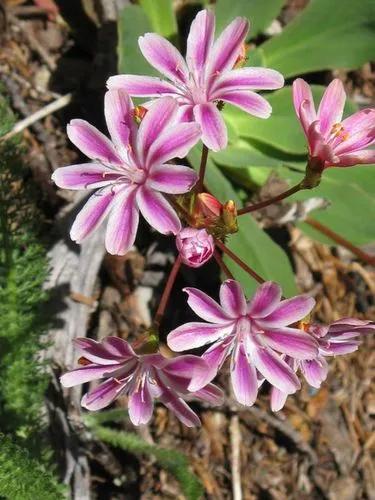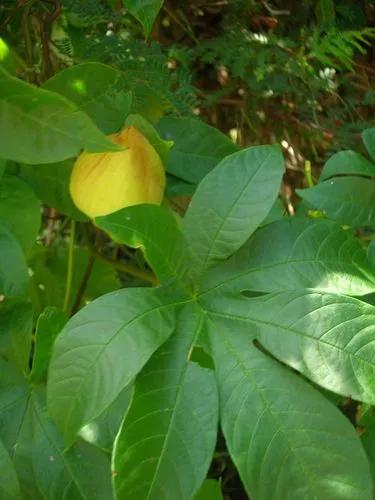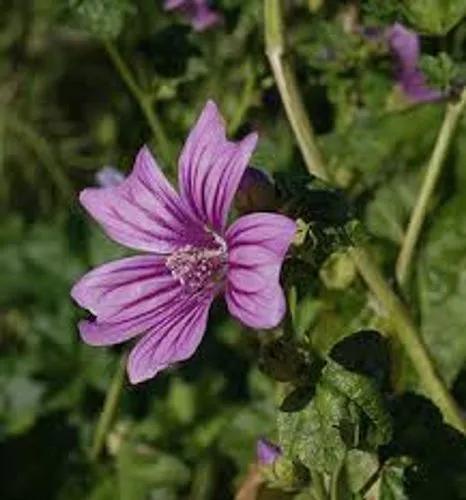A native of the well-drained, upland woods of southeastern North America, Rusty Blackhaw forms a multiple or (occasionally) single-trunked small tree or large shrub, reaching 25 feet in height with an equal spread. The dark bark is blocky, resembling older Flowering Dogwood bark. Trunks usually grow no thicker than six inches and arch away from the tree, forming a pleasing, vase-shaped crown. Leaves are dark green, three inches long, leathery, and extremely glossy. The tree is covered in springtime with striking five-inch-wide clusters of small, white blooms. These flowers are followed by clusters of dark blue, waxy, one-half-inch-long fruits that are extremely popular with wildlife and will occasionally persist on the plant from September throughout the autumn, if not eaten by wildlife. In fall, Rusty Blackhaw puts on a brilliant display of scarlet red to purple foliage.
Rusty Blackhaw Care
Viburnum Rufidulum



Viburnum rufidulum, also known as the rusty blackhaw,blue haw,rusty nanny-berry, or southern black haw,is a flowering species of shrub or small tree that is common in parts of the Eastern and Central United States. It produces attractive flowers and fall foliage, as well as fruits that are popular with some species of bird. Leathery deciduous leaves are simple and grow in opposite blades ranging from 0.5-3 inches in length and 1-1.5 inches in width.Petioles are "rusty hairy" with grooves and sometimes wings. Leaf margins are serrate. Autumn leaf colors are bronze to red. Twigs range in color from "reddish brown to gray"; young twigs are hairy, and get smoother with age. Bark is similar that of the flowering dogwood, ranging in color from "reddish brown to almost black" and forming "blocky plates on larger trunks". Viburnum rufidulum blooms in April to May with creamy white flowers that are bisexual, or perfect and similar to those of other Viburnum species, but with clusters as large as six inches wide. The fruits are purple or dark blue, glaucous, globose or ellipsoid drupes that mature in mid to late summer. The edible fruit has been said to taste like raisins and attract birds. It is similar to Viburnum prunifolium (blackhaw). Petioles of V. prunifolium do not have the rusty hairs that those of V. rufidulum do.
How to Care for the Plant

Popularity

107 people already have this plant 4 people have added this plant to their wishlists
Discover more plants with the list below
Popular articles






